We explain what myth and legend are and what their similarities and differences are. In addition, its general characteristics and examples.
What are myth and legend?
Humanity , from very early times, has felt the need to tell stories to itself. These stories help her to exist, to deal with a huge and unknown world , or to explain phenomena that were still beyond her perspective. Some of these stories are myths and legends.
By myth we understand a series of traditional stories with a strong symbolic load. They may not have any historical support, but they still have a strong explanatory character. The latter means that they try to account for various phenomena in the world through an extraordinary anecdote, starring deities or supernatural beings.
On the other hand, a legend is a popular narrative , also focused on magical or supernatural events, which however are offered as real or at least plausible. They occupy an intermediate place between myth and historical events. They almost always have a moralizing ending.
Both the one and the other are important forms of cultural transmission from one generation to the next, and have played vital roles in shaping the imaginaries of different civilizations.
How did myths and legends originate?
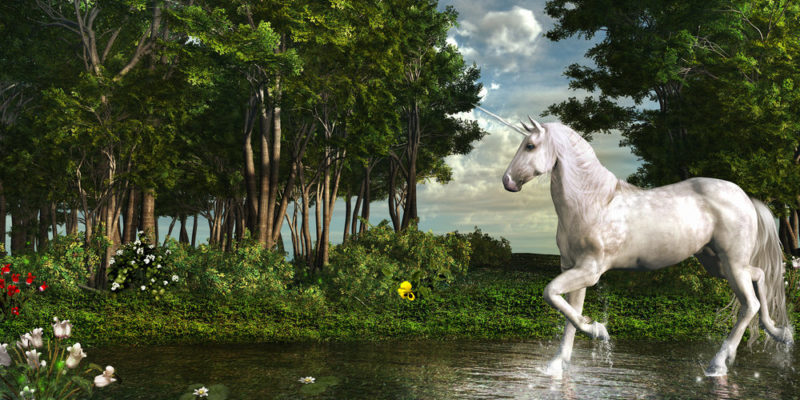
Both myths and legends have their origin in the human need to tell stories ; It is one of the characteristics that differentiate us from animals .
Since ancient times , human beings have created these stories and taught them to their descendants for various purposes, always closely related to the particular way of living of the community .
Thus, the peoples built stories that explained their vision of the world , how the universe and natural phenomena, which are myths, were created.
On the other hand, they created stories about alleged past or distant events , with instructive content or more or less explicit warnings, which are the legends.
Differences between myths and legends
The differences between myths and legends can be summarized as:
- His creation. While myths are supposed to be primary, religious stories that contain in their imaginary a way of understanding nature or explaining the real world, legends are born from probably real (or possible) events that, over time, accumulate a magical or symbolic content. When distorted, they also acquire a certain moralizing (pedagogical) emphasis. Thus, while the myths are religious, the legends are usually popular.
- Its function. Myths are founding stories that create a cultural tradition and serve as a common imaginary for an entire community. Legends, on the other hand, serve to transmit certain life warnings to future generations, usually transformed into monstrous or supernatural beings, or magical or unlikely situations.
- Your context. Legends are usually inscribed in a certain, specific and real place and time . On the contrary, the myths are located in a time and a space outside the real ones, known as mythological time and that is assumed to be distant, ancient or primitive.
- Their characters. Mythical characters are always well-defined individuals, with their own name and an assigned tradition, whose ancestors, place of origin and death are known. In general, they are assigned certain cultural traits held as valuable or respectable. The characters of the legends, on the other hand, are usually anonymous or nicknamed, and are archetypal, mere excuses for the story.
Similarities between myths and legends

In both types of stories you can find supernatural or wonderful stories , populated by fantastic, magical or supernatural creatures, or by heroes capable of extraordinary feats. Furthermore, both have an oral origin , generally prior to writing . They are transmitted from one generation to another and change in the process.
On the other hand, neither myths nor legends usually have a specific author . At most, someone can capture in writing a specific version of the myth or legend, but this is usually much earlier, the collective property of the community.
Examples of myths and legends
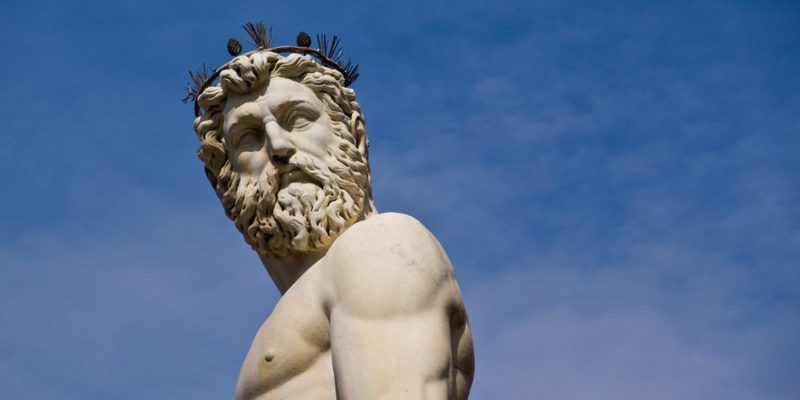
Some examples of myth are those from Greek Antiquity , which were part of their religious tradition. Thus, many of them survived to this day, generally centered on their mythical heroes such as Hercules (Heracles), Ulysses (Odysseus), Oedipus, Achilles, etc. These myths are collected in works such as the Iliad or the Odyssey , as well as various pieces of Greek theater .
The legends, on the other hand, are those from particular rural environments , which change in terms of details but maintain a more or less common form. For example, the legend of Sayona or La Llorona comes from Spain and had deep roots in Latin America .
This legend tells the story of a mother who lost her children for various reasons . Depending on the reason, she is considered a culprit, a bad mother, or a victim, a poor mother. When she died, she became a specter, forever wandering in search of young replacement children (or unfaithful husbands, or deserting fathers, depending on the version of the legend).
Types of Legends
Legends are usually of the following types, according to their origin:
- Rural. Coming from feudal times, or from rural contexts (from the countryside ). They are closely linked to folklore and tradition. Such is the legend of the “slingshot” of the Colombian plains.
- Urban. Those that are developed within the cities and belong to a rather modern, industrialized imaginary. Such is the legend of Area 51, a top-secret department of the US government , where an alien autopsy is supposed to have taken place and remnants of alien technology are preserved .
Types of Myths
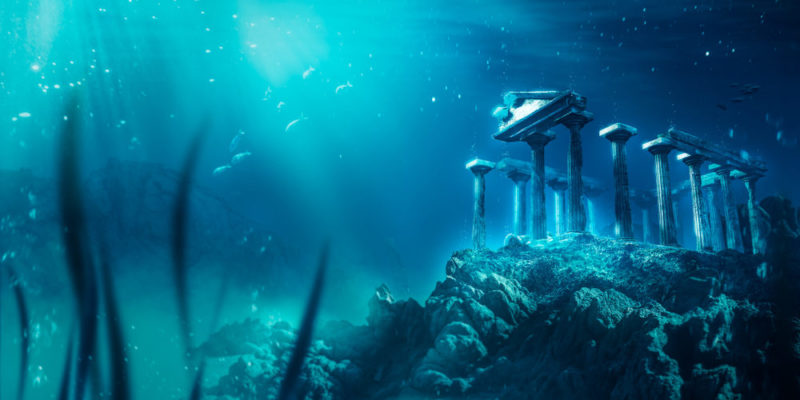
Myths are classified based on their anthropological purpose, that is, what they try to explain. So we talk about:
- cosmogonic myths. They explain in mythical terms how the world, time or the universe originated , or how the things that exist came into being.
- theogonic myths. They relate the origin of the gods, and usually the origin of their respective cults.
- anthropogenic myths. They narrate the origin (generally the creation) of the human being at the hands of superior or accidental forces.
- aetiological myths. They explain through a story the origin of beings, things, techniques or institutions.
- moral myths. They relate the origin or the existing relationships between good and evil.
- foundation myths. Those that tell the story of the foundation of cities, towns, countries or regions.
- eschatological myths. Those that recount the future events of the universe, usually pointing towards the end of the world or the end of all things.
Why are myths and legends important?
Both myths and legends are forms of story of profound anthropological importance , since they have provided human beings since time immemorial with a way of explaining natural phenomena that impressed or intrigued them. This occurred long before the development of the scientific inquiry method .
In addition, they gave the opportunity to create a mystical , subjective world, in which the human being could be linked with the sacred or the divine. This type of stories in many cases gave rise to religions. Some of them survived religions independently, and passed on their message to subsequent generations.
What is the imaginary?
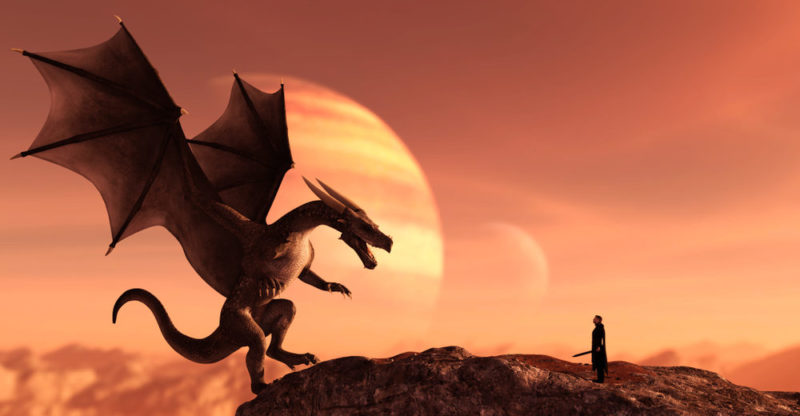
We speak of imaginary when referring to the set of stories, considerations, explanations, illustrations and other types of representations with which a particular human community chooses to think, explain itself or from where it thinks and tells what happens to it.
It is a cultural, imaginary construction that originates in a group that shares a tradition and a history . It is of central importance in the development and cohesion of civilizations.
What is mythology?
A mythology is an organized and interrelated set of myths , that is, of foundational, religious or explanatory stories. This set responds to the point of view of a specific culture. Greek mythology , for example, was different from Egyptian , but very similar to Roman , etc.
What is the fable?
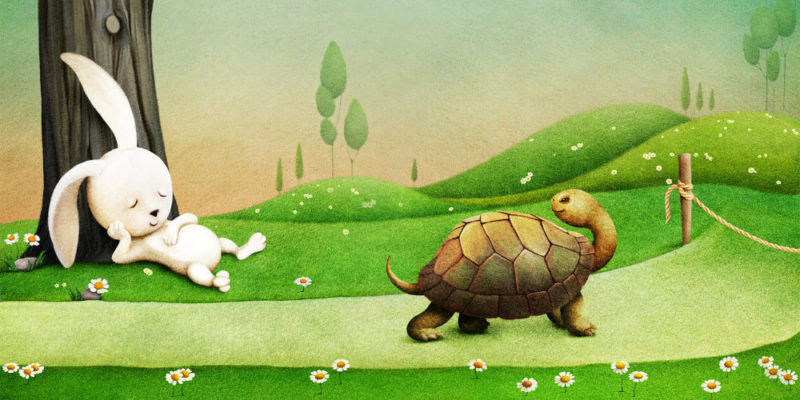
A fable is a form of story usually intended for children (although not exclusively). It is usually carried out by animals or fantastic beings. Its reading usually leaves a teaching of moral, ethical, pedagogical, etc. Unlike myths and legends, fables usually have a defined author.
The above content published at Collaborative Research Group is for informational and educational purposes only and has been developed by referring to reliable sources and recommendations from experts. We do not have any contact with official entities nor do we intend to replace the information that they emit.














